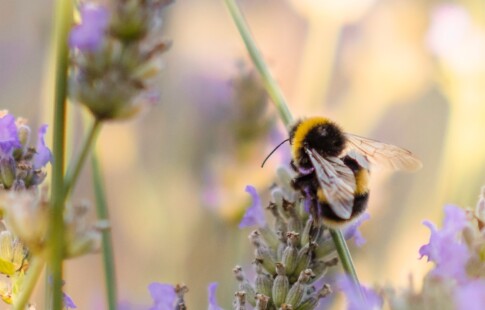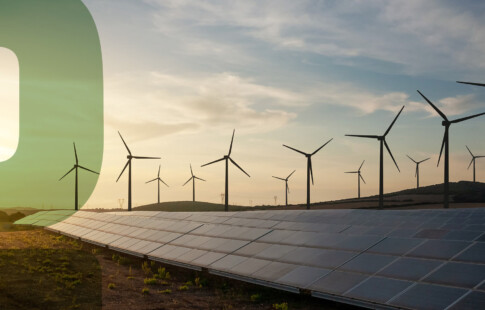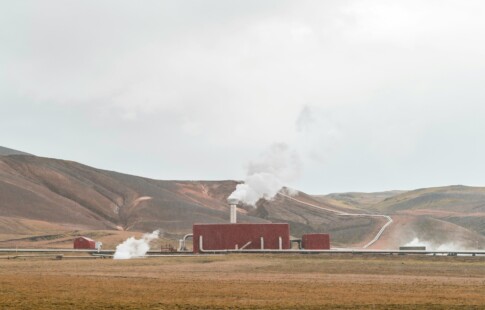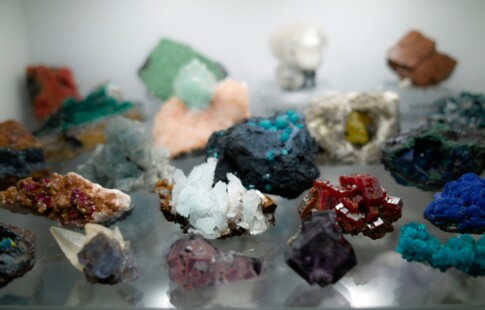
The Top Sustainable Aviation Options
We are reader-supported. When you buy through links on our site, we may earn affiliate commission.
In 2019, Greta Thunberg popularized the term flygskam, translating to “flight shame” in English. The young environmental activist educated the global society on the adverse environmental impacts of aviation emissions. She decided to travel by boat instead of airplane until the transportation sector improved its sustainability.
Since Greta spread the awareness-enhancing term, the aviation industry created emission-reduction techniques, shrinking its carbon footprint. Green aviation improves the efficiency of aircrafts, minimizing environmental impacts related to noise and air pollution. Ecological engineers and scientists are developing new plane models, fuel sources and materials to improve the sustainability of aviation.
The Demand for Sustainable Aviation
Environmentalists are targeting the aviation industry to improve ecological conditions because of its large carbon footprint. The aircraft sector produces over 2% of global greenhouse gas emissions. Though the pollution rate appears smaller than other contributing factors, it is fast-growing, showing potential for mass degradation.
Between 2013 and 2018, aviation emissions rose by 26% on average. Individuals who fly often have a significantly larger carbon footprint than others. Currently, some aviation companies offer carbon offsetting options as a ticket add-on during checkout.
There are four major forms of offsetting air transportation organizations engage with. Some invest in reforestation projects, planting more trees to absorb and filter pollutants naturally. Others use a portion of their profits to support new renewable energy projects.
Some companies also offset their emissions by using excess funding to increase the energy efficiency of less developed communities. They may additionally capture and repurpose emissions using advanced green technologies, minimizing atmospheric pollution. While carbon offsetting removes a portion of emissions from the environment, it fails to prevent initial degradation, increasing the need for more sustainable aviation options.
Green Airplane Models
Environmental engineers and scientists are developing new aircraft models, improving their efficiencies to minimize emissions. They identify hybrid-electric airplanes as a sustainable alternative to 100% fossil-fuel-powered versions. The models use both gas and electric energy sources.
One team of ecological engineers is working on the Hybrid Aircraft Search on Thermal and Electrical Components and Systems (HASTECS) project, sourcing low-emission aviation technologies. They are developing electric motors that double the power-to-weight ratio of conventional systems. Additionally, the engineers plan on improving the converters’ efficiencies and production rates.
The HASTECS project will reduce the size of motors by 1600 kilograms, decreasing energy waste by 10% by 2025. Many aircrafts use excessive quantities of fuel, supporting the extra weight of engines. Lighter hybrid-electric models effectively shrink an airplane’s carbon footprint.
Sustainable Fuel Sources
Environmentalists are also improving the sustainability of aviation by creating compatible, low-emission fuel sources. Most aircrafts run on fossil fuels, releasing greenhouse gases during combustion. Air travel companies may shrink their footprints by utilizing sustainable aviation fuels (SAFs).
Researchers are developing SAFs from biomass sourced from waste. They convert excess materials like corn grain, grease, algae, wood mill waste and more into energy for aircrafts. The power sources both decrease greenhouse gas emissions and reduce municipal solid waste (MSW).
Biomass crops are also more sustainable because they reduce soil erosion and enhance local water qualities. The power sources additionally burn cleaner, improving surface-level air qualities by airports. Some aviation engineers are also using hydrogen fuel cells to power aircrafts sustainably.
Energy professionals discovered a method of converting wastewater into hydrogen for fuel cell power. The technology purifies MSW, repurposing sewage for sustainable energy for the global transportation system. Environmentalists are also creating low-impact aircrafts using eco-friendly materials, improving the industry’s sustainability.
Eco-Friendly Materials
Conventional aircrafts derive from aluminum alloy metals. The material is heavy, placing stress on a plane’s engine and requiring more fuel for transportation. Design professionals are switching out metal components for composite materials, reducing the weight of aircrafts.
As planes become lighter, they will emit fewer greenhouse gases, improving atmospheric conditions. Environmental engineers can also use fewer degrading materials when creating planes. Current aircrafts contain chromium, a toxic component that is a carcinogen.
Additionally, manufacturers can use more recyclable parts, creating a sustainable and circular economy. They may produce the materials using 3D machines, decreasing error-related waste. Over time, using sustainable aviation alternatives can significantly improve global conservation efforts.
Traveling Sustainably Today
As the air transit industry works on decreasing atmospheric and surface-level pollution, individuals may improve their travel habits, shrinking their carbon footprints. Instead of flying to visit family members during the holidays, individuals can use video communication technologies, connecting using low-emission services. Additionally, you may utilize other transportation methods when traveling long distances, like trains or buses.
Trains and buses rely on fewer fossil fuels, decreasing greenhouse gas emissions. When air travel is necessary, consumers can engage in carbon offsetting to reduce the impacts of aviation. Minimizing general air travel effectively improves ecological conditions over time.
Share on
Like what you read? Join other Environment.co readers!
Get the latest updates on our planet by subscribing to the Environment.co newsletter!
About the author

Jane Marsh
Starting from an early age, Jane Marsh loved all animals and became a budding environmentalist. Now, Jane works as the Editor-in-Chief of Environment.co where she covers topics related to climate policy, renewable energy, the food industry, and more.





